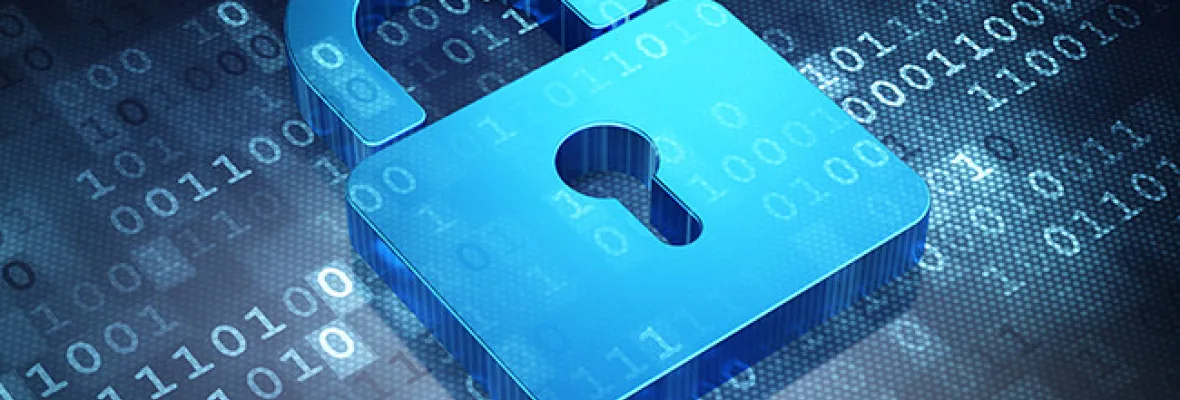As our society grows increasingly dependent on electronic networks for managing everyday life, running our economy, and defending the nation, cybersecurity has become one of our most pressing challenges.
Can we protect the power grid, telecommunication networks, financial data, “smart” products, and our private information, while still enjoying the benefits technology affords us?
AAU universities are helping answer that question, leading the way with multidisciplinary research, technology development, and education.
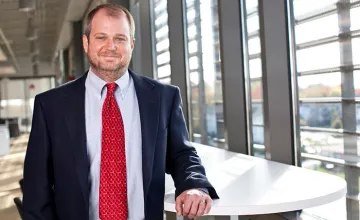
Martin Swany, a professor and chair of the Department of Intelligent Systems Engineering at Indiana University Bloomington, answers questions about his work with thermal imaging and electromagnetic probes.
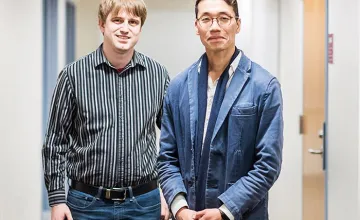
Two Boston University computer scientists have developed a tool that could make it harder for hackers to find their way into networks where they don’t belong.
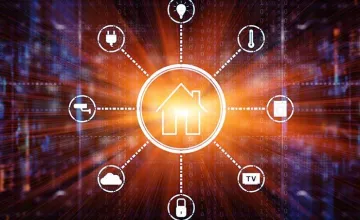
Researchers at Stanford University have developed a new system for aggregating usage reports from personal devices that emphasizes maintaining the user's privacy.
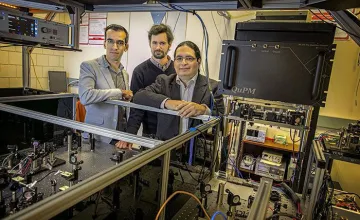
A team of researchers at Stony Brook University has developed a technology and prototype device based on quantum mechanics designed to prevent network hacking.
Explore More: Safeguarding the Connected World
You can sort by specialty area and/or by university.
Some of the nation’s foremost biometrics researchers at Michigan State University are leading exploration into applications that could make lives better by detecting health issues, preventing identity theft and enhancing security.
Michigan State University | Protecting Consumer Products | Safeguarding the Connected World | University Research
University of Florida researchers have teamed up with the New York City Police Department’s Financial Crimes Task Force to deploy the “Skim Reaper,” a device that instantly detects the presence of a skimmer, allowing law enforcement and merchants to take action before the card's data can be stolen.
Researchers at the Georgia Institute of Technology have developed a decoy robot designed to keep factories and other large facilities safe from hackers.
Georgia Institute of Technology | Protecting Systems | Safeguarding the Connected World | University Research
USC researchers have developed a powerful tool using pulses of light to translate and protect data.
University of Southern California | Protecting Systems | Safeguarding the Connected World | University Research
UC San Diego researchers uncovered an eye-opening statistic: roughly 1/3 of the internet was subject to a denial of service (DoS) attack over the last two years.
